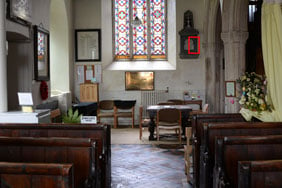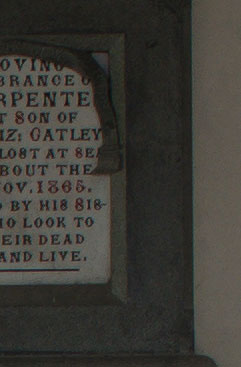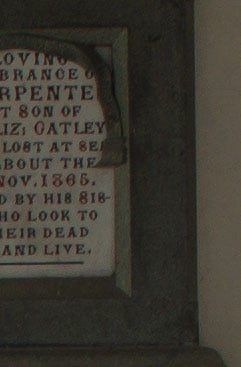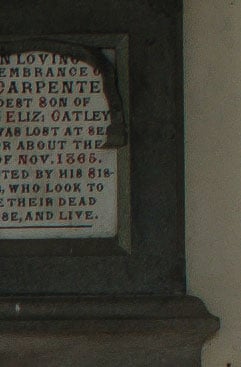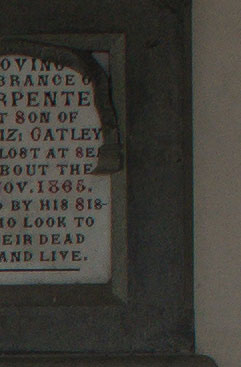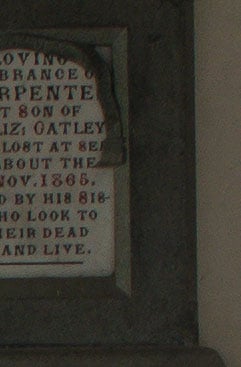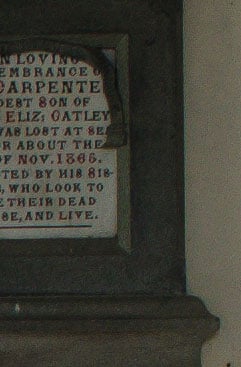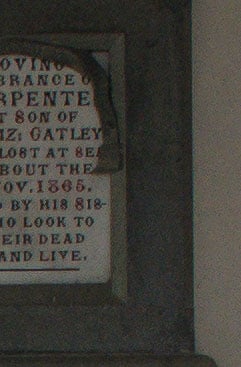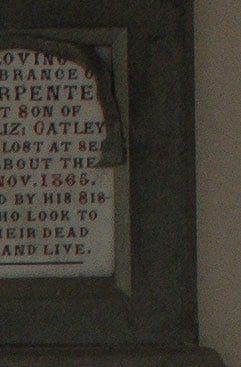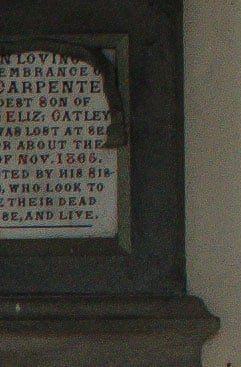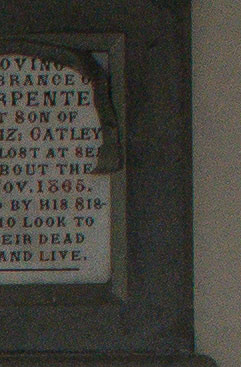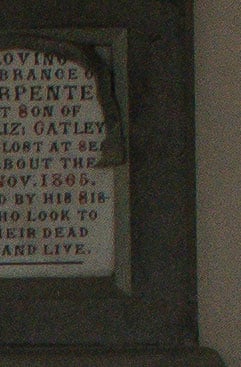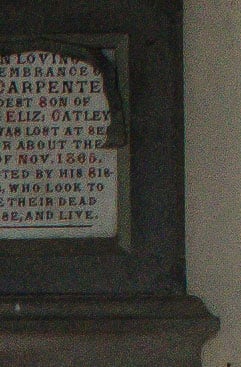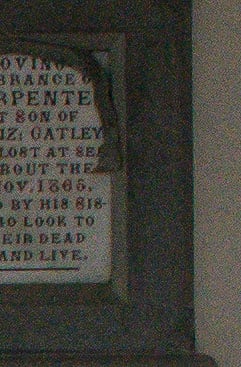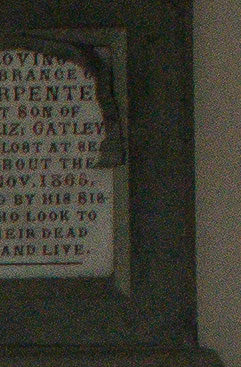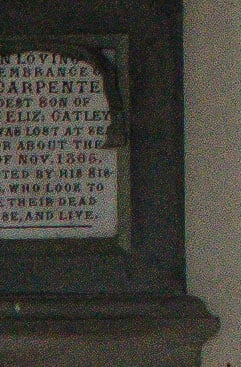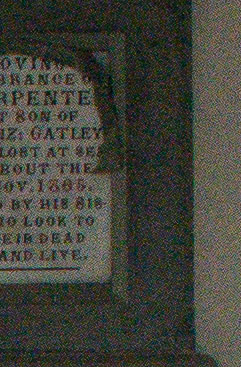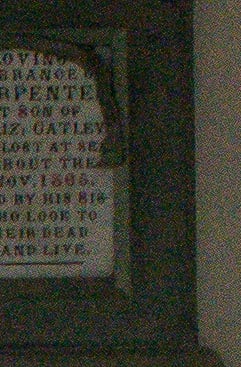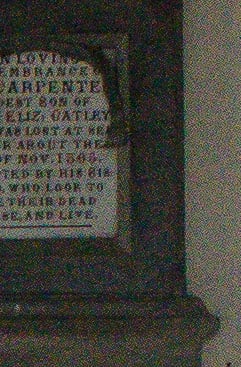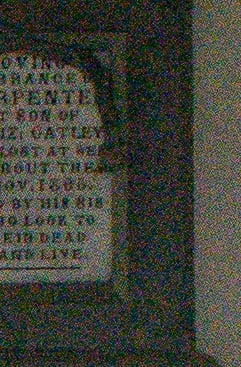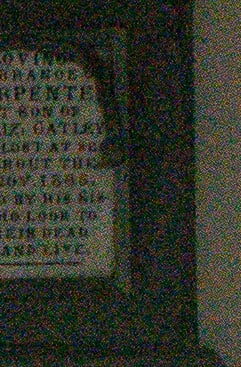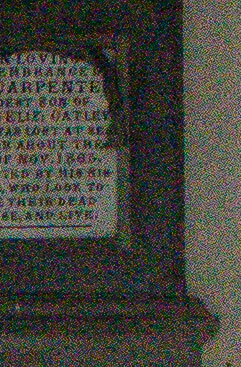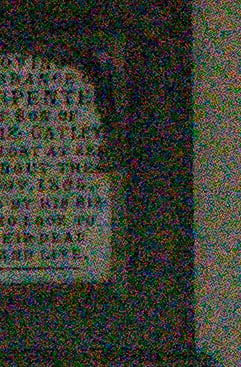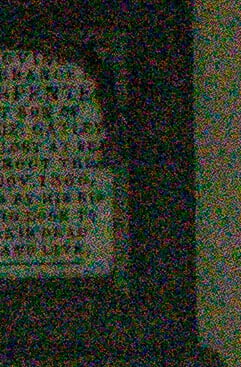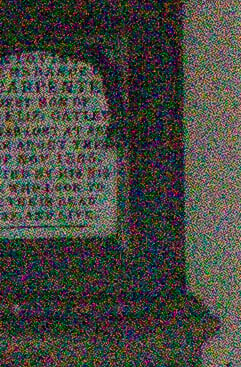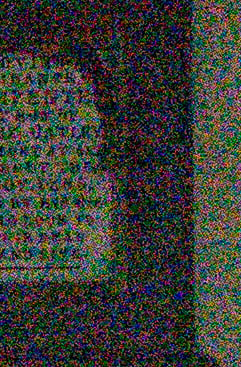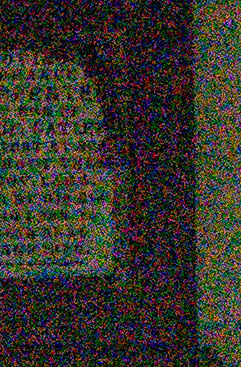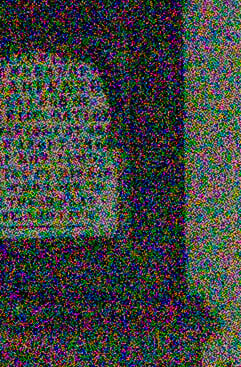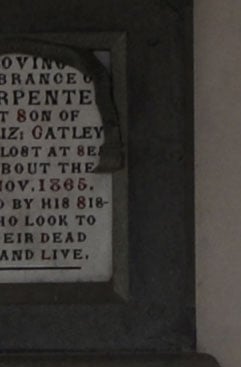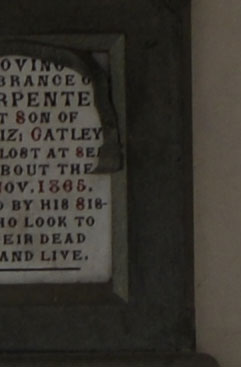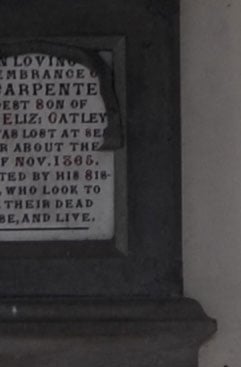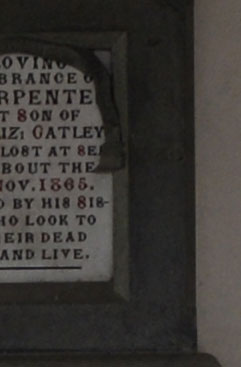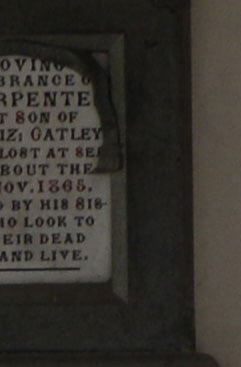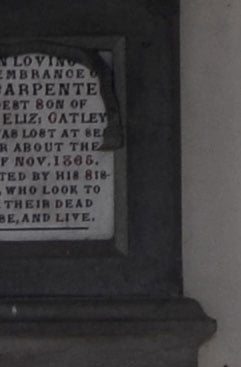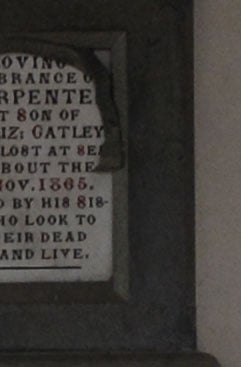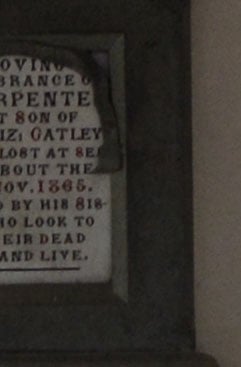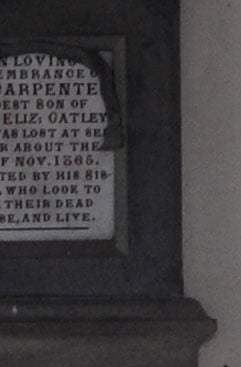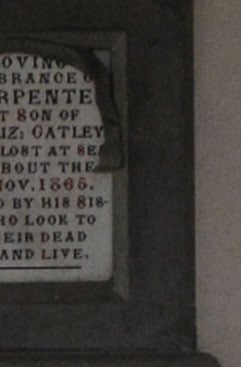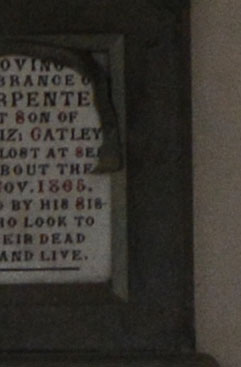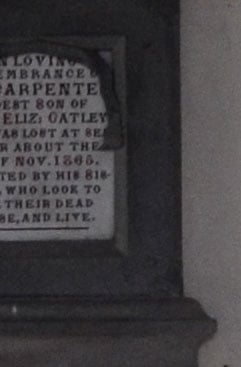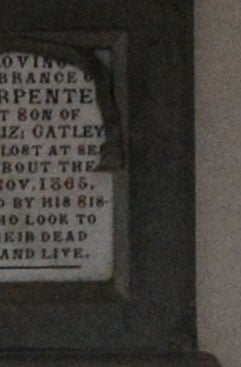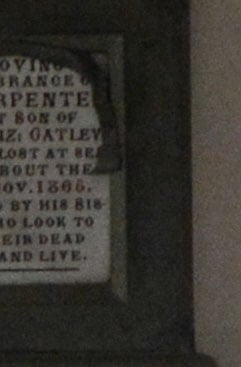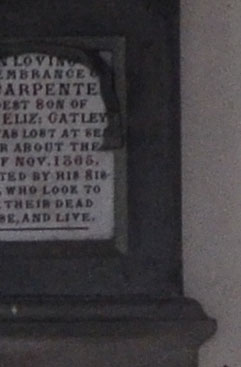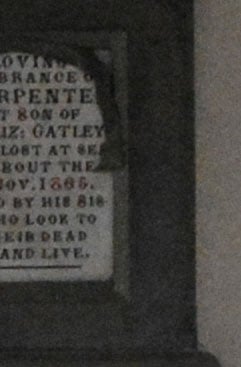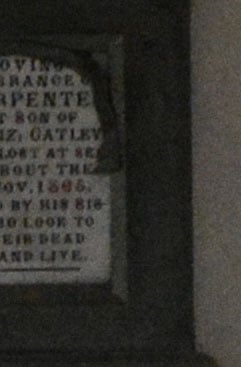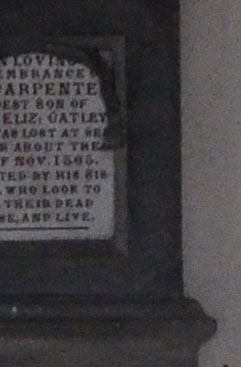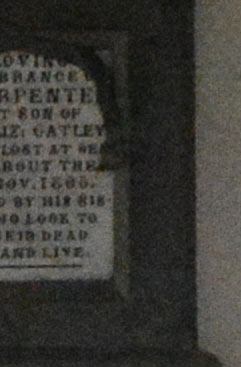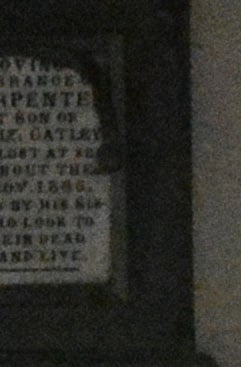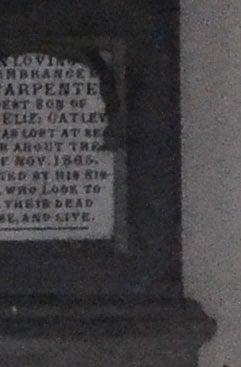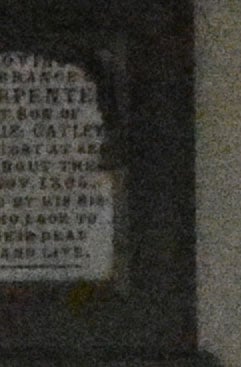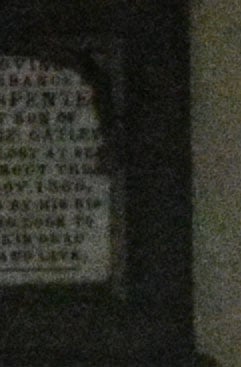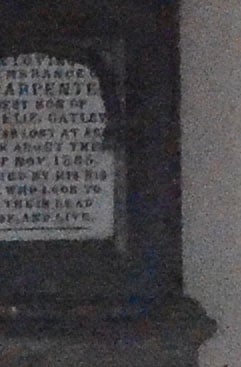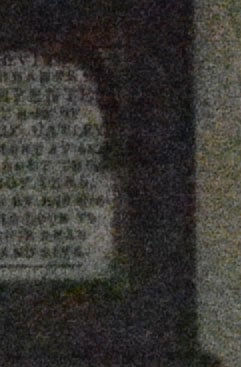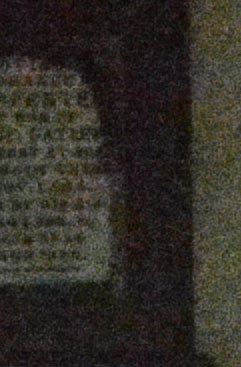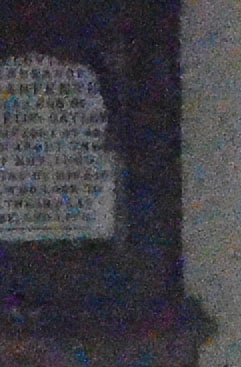Nikon D7100 review
-
-
Written by Ken McMahon
Quality
Nikon D7100 vs Nikon D5200 vs Nikon D7000 quality JPEG
|
Nikon D7100 | Nikon D5200 | Nikon D7000 | ||
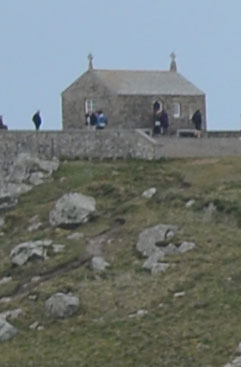 | 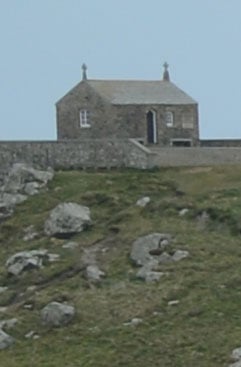 | 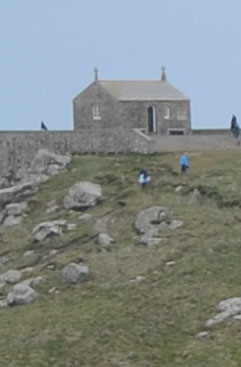 | ||
f5.6, 100 ISO | f5.6, 100 ISO | f5.6, 100 ISO | ||
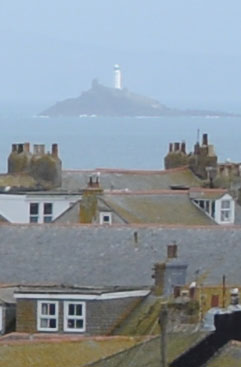 | 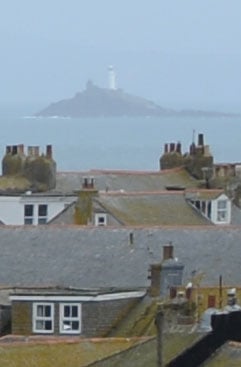 | 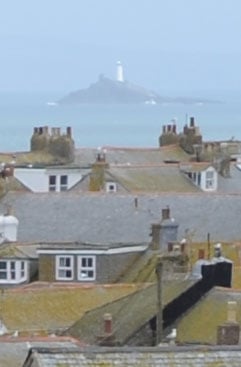 | ||
f5.6, 100 ISO | f5.6, 100 ISO | f5.6, 100 ISO | ||
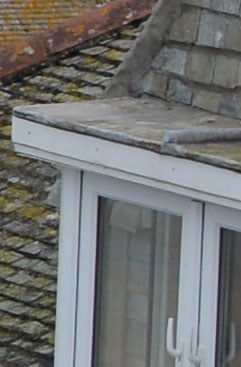 | 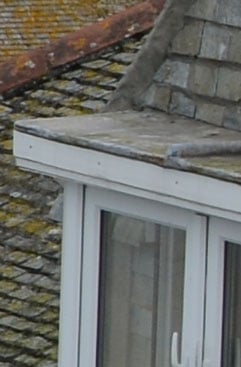 | 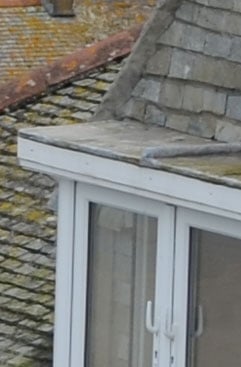 | ||
f5.6, 100 ISO | f5.6, 100 ISO | f5.6, 100 ISO | ||
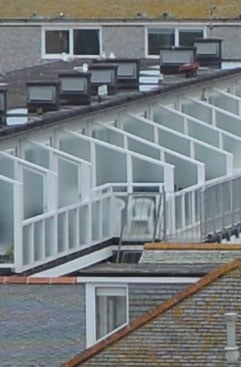 | 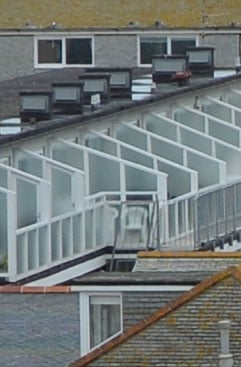 | 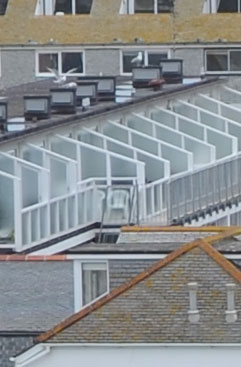 | ||
f5.6, 100 ISO | f5.6, 100 ISO | f5.6, 100 ISO |
Nikon D7100 results : Quality / RAW quality / Noise / RAW Noise
Nikon D7100 vs Nikon D5200 vs Nikon D7000 quality RAW
|
Nikon D7100 RAW | Nikon D5200 RAW | Nikon D7000 RAW | ||
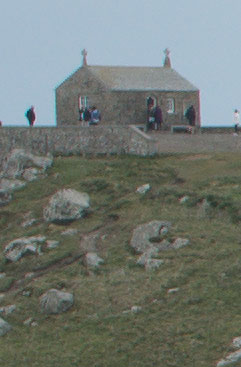 | 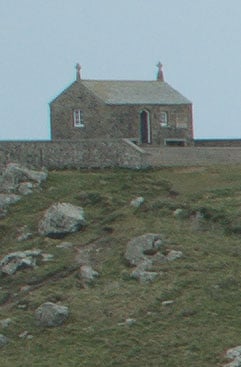 | 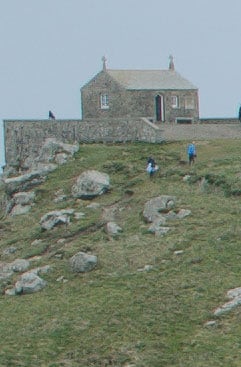 | ||
f5.6, 100 ISO | f5.6, 100 ISO | f5.6, 100 ISO | ||
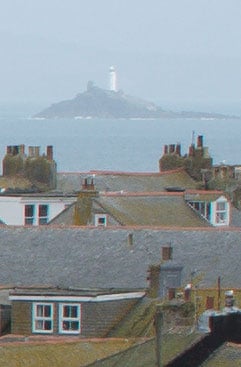 | 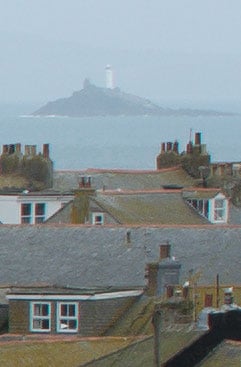 | 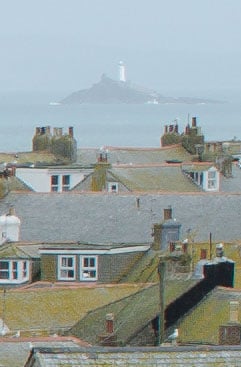 | ||
f5.6, 100 ISO | f5.6, 100 ISO | f5.6, 100 ISO | ||
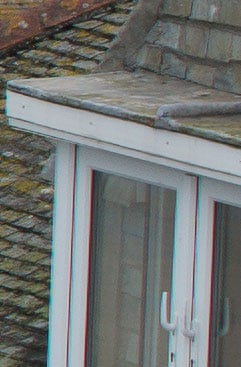 | 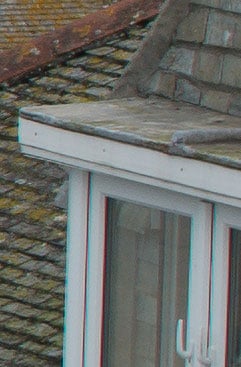 | 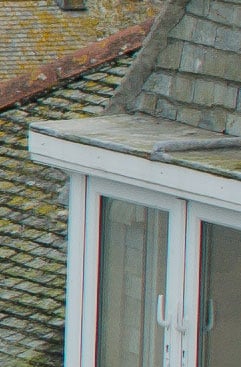 | ||
f5.6, 100 ISO | f5.6, 100 ISO | f5.6, 100 ISO | ||
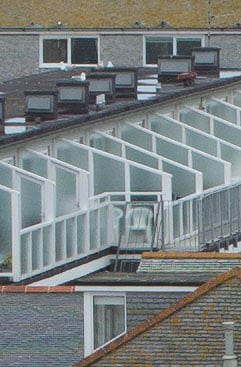 | 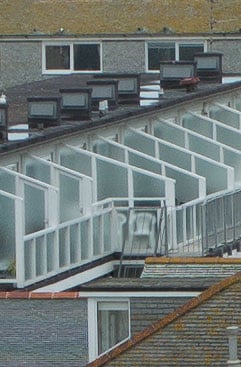 | 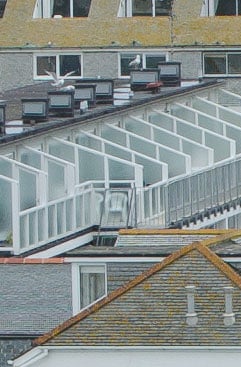 | ||
f5.6, 100 ISO | f5.6, 100 ISO | f5.6, 100 ISO |
Nikon D7100 results : Quality / RAW quality / Noise / RAW Noise
Nikon D7100 vs Nikon D5200 vs Nikon D7000 Noise RAW
The above shot was taken with the Nikon D7100 in Aperture priority mode. The camera was mounted on a tripod and tonal enhancement features were left on their default settings – Active D-lighting was off and High ISO Noise Reduction was Normal. Active D-lighting on the D5200 is set to Auto by default so to maintain consistency with the D7100 and D7000 it was turned off. At 100 ISO the D7100 metered an exposure of 1s at f5.6 and the D5200 metered the same exposure. The D7000 metered 0.6s, but setting 0.7EV exposure compensation to produce an exposure the same as the D7100 and D5200 resulted in over-exposed frames that were a poor comparison. So the older 16.2 Megapixel D7000 sensor appears to be more sensitive at its 100 ISO position than the more recent 24.1 Megapixel models. The D7100 JPEG file measured 10.97MB and, as usual, the crops are taken from the area marked by the red rectangle. I processed both sets of files in Adobe Camera RAW using identical settings: Sharpening at 70 / 0.5 / 36 / 10, Luminance and Colour Noise Reduction both set to zero, and the Process to 2012 with the Adobe Standard profile. To further reduce any distracting visual differences between the crops I also set custom white balance to 4500K and tint to 0. These settings were chosen to reveal the differences in sensor quality and isolate them from in-camera processing. The high degree of sharpening with a small radius enhances the finest details without causing undesirable artefacts, while the zero noise reduction unveils what’s really going on behind the scenes – as such the visible noise levels at higher ISOs will be much greater than you’re used to seeing in many of my comparisons, but again it’s an approach that’s designed to show the actual detail that’s being recorded before you start work on processing and cleaning it up if desired. These RAW crops hold no surprises given what we saw from the in-camera JPEGS on the previous page. Possibly the marginal difference between the 100 and 200 ISO crops is a little more visible here, but neither shows any appreciable noise. Then from 400 ISO all the way up to 25,600 there’s a linear progression with no one ISO sensitivity setting standing out. These RAW crops suggest there’s less of a difference between the D7100 and D5200 than I thought when looking at the JPEGS. So, if I’m not imagining it, that difference is most likely down to processing. In terms of noise, there’s really nothing in it between the D7100 and D5200. You might be suprised to see that the older D7000 holds its own pretty well in this noise comparison with noise levels that look very similar to the D7100 and D5200 all the way up the ISO range. But let’s not forget we’re comparing an older, but lower resolution sensor. In a little over two years Nikon has gone from 16 Megapixels to 24 Megapixels on the same sized sensor and maintained similar high ISO noise performance. Quite an achievement. Also remember when images from all three cameras are reproduced at the same size, any artefacts on the D7100 and D5200 will appear a little smaller than the D7000. Do however remember that the D7000 appeared to be more sensitive than the D7100 and D5200 when all were set to the same ISO value, so the older model may be able to deploy slightly lower ISO values under the same conditions. Now head over to my Nikon D7100 sample images to see some more real-life shots in a variety of conditions, or head straight for my Verdict.
|
|
Nikon D7100 vs Nikon D5200 vs Nikon D7000 Noise JPEG
The above shot was taken with the Nikon D7100 in Aperture priority mode. The camera was mounted on a tripod and tonal enhancement features were left on their default settings – Active D-lighting was off and High ISO Noise Reduction was Normal. Active D-lighting on the D5200 is set to Auto by default so to maintain consistency with the D7100 and D7000 it was turned off. At 100 ISO the D7100 metered an exposure of 1s at f5.6 and the D5200 metered the same exposure. The D7000 metered 0.6s, but setting 0.7EV exposure compensation to produce an exposure the same as the D7100 and D5200 resulted in over-exposed frames that were a poor comparison. So the older 16.2 Megapixel D7000 sensor appears to be more sensitive at its 100 ISO position than the more recent 24.1 Megapixel models. The D7100 JPEG file measured 10.97MB and, as usual, the crops are taken from the area marked by the red rectangle. The 100 ISO JPEG crop from the D7100’s 24.1 Megapixel sensor looks crisp, clean and noise free. There’s no texture where there shouldn’t be, either in the wall to the right of the memorial panel, in the text panel, or the darker wood surround. The 200 ISO crop is also pretty impressive and though there is a small difference, you’d have to be looking very hard to notice it. 400 ISO is the setting at which noticeable noise textures begin to appear; in this crop you can see a slight graininess in the wall and the text isn’t quite as crisp as in the first two crops. But you’d need to be pixel-peeping to spot these changes, and the 800 and 1600 crops, though each shows a marginal increase in noisiness, are holding up well enough for 100 percent reproduction. At 3200 ISO the noise is beginning to interfere with smaller detail and the text is now beginning to look quite bitty, but for reproduction at less than 100 percent 3200 ISO is perfectly practicable. It’s not until 6400 ISO that we reach the stage where there’s as much noise as image data, and at 12,800 ISO all but the coarsest image detail succumbs to the increasing noise. You might suppose that the abscence of an optical low-pass filter would exaggerate sensor noise or, to put it another way that the softening effect of a low pass filter would help to hide it. But though the lower ISO crops from the D7100 show crisp sharp detail, there’s no real visible evidence of noise until you get to 400 ISO and even then it’s not more aggressive than on other Nikon 24 Megapixel models. Compared with the D5200 alongside, which has the same sensor, or at least a very closely related one, there’s very little difference to see at the lower sensitivity settings. At 800 ISO the D5200 crop looks a smidgeon noisier, the difference is very very slight but the margin widens at 1600 ISO and by 3200 ISO there’s a small but perceptible difference in the degree of noise. Whether this makes any practical difference is arguable, but there is a small improvement at the higher sensitivity settings. The older 16 Megapixel sensor of the D7000 produces crops with a larger area and smaller detail. As with the D5200, I don’t see much of a difference in noise levels at the lower sensitivity settings between the D7100 and its predecessor. At 800 ISO though, the D7000 crop looks a little cleaner and from there on all the way up the sensitivity range it maintains its advantage. Though the gap doesn’t grow significantly, the lower resolution sensor in the D7000 outperforms its successor for noise at settings above 800 ISO. It’s a small gap though, and I think most people would be happy to take the higher resolution and larger detail of the D7100 in return for the small increase in noise that results – after all, remember when images from all three cameras are reproduced at the same size, any artefacts on the D7100 and D5200 will appear a little smaller than the D7000. Do however remember that the D7000 appeared to be more sensitive than the D7100 and D5200 when all were set to the same ISO value, so the older model may be able to deploy slightly lower ISO values under the same conditions. To find out how much of a role processing plays in keeping noise at bay in these crops take a look at my Nikon D7100 RAW noise results page to see just how much noise is present behind the scenes. Or head over to my Nikon D7100 sample images to see some more real-life shots in a variety of conditions.
|
|
